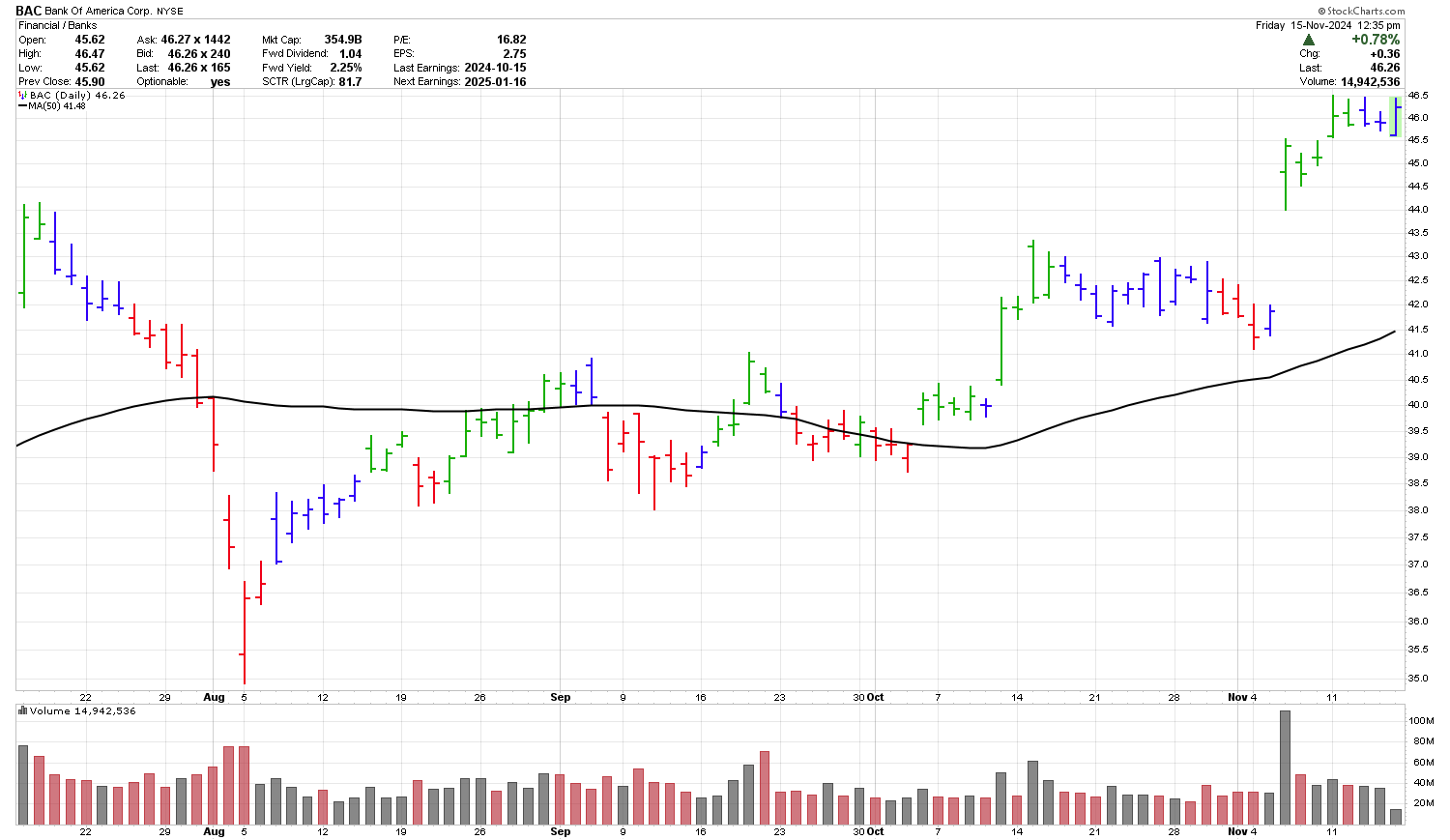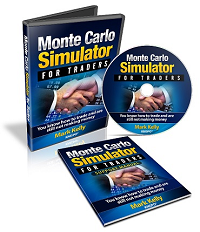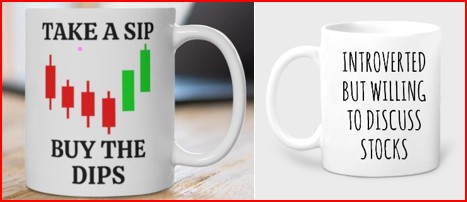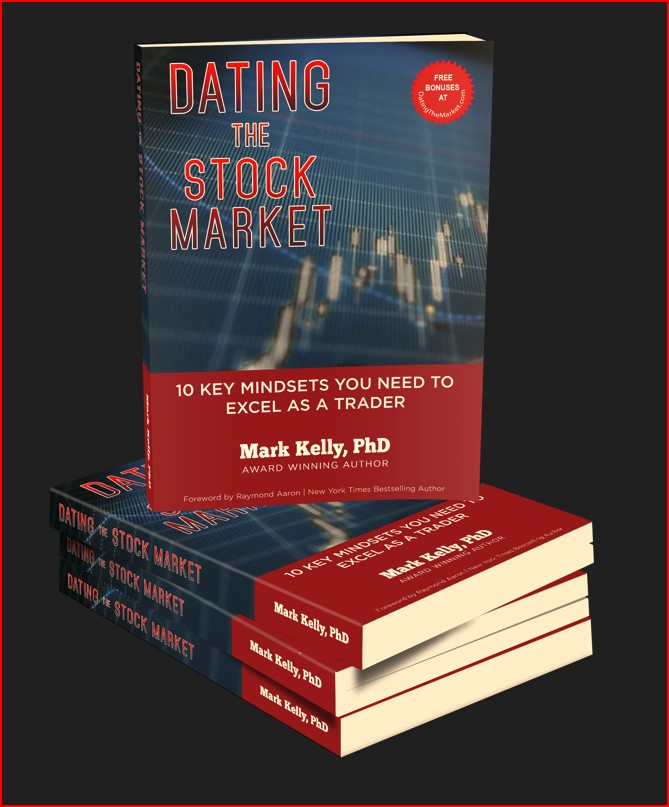Trading Put Options For Profit and Cash Flow
When you buy a put options the option gives you the right to sell a specific stock at a specific price sometime in the future. For this right, you pay the seller a fee which is determined by market forces.
There are generally two reasons you would want to buy a put.
1. When you own a stock and feel it still has potential to appreciate and are concerned about a potential correction, you may want to ensure that you can partially protect your paper profit by purchasing a put.
2. You do not want to short a stock, but feel it is entering a bearish period. In this scenario, you could purchase a put to participate in the perceived downturn. The main advantage of this strategy is that you limit your risk vs going short where in theory you have unlimited risk.
Another alternative reason to deal with put options is:
3. You want to purchase a stock and want to get it a bit cheaper so you sell a put for income.
In some cases, you will not acquire the stock but in other cases, the price may come down and the owner of the put will sell you the stock at the agreed upon price. See the example at the bottom of this page which reviews this concept.
Bulls and bears are used to describe the up and down of the market. A bull tends to use its horns to lift oncoming threats out of
the way and raises them into the air which is the direction of a bull market. Bears
tend to come down on you from above hence they represent a bearish market or
one that is falling.
The above desk figurines depict the back and forth of the market as it unpredictably tends to move in a preferred direction. They make good gifts for traders, stock brokers or financial advisors.
Put options explained
One put option controls 100 shares of stock. Therefore, when you look up a put option quote you may see Dec 40 $2.50. What this means is that for $250 (100 x 2.50) you can buy the right to sell 100 shares of stock for $40 up to the close of trading on the 3rd Friday of December. No matter what month you purchase, standard options always expire on the 3rd Friday of the month. With the potential of now buying weekly options, these non-standard options will have different expiry dates.
Traders who buy puts are looking for a decrease in the stock price and want to use the leverage of the option to increase their return.
The cost of an option is mainly dependent on three factors – distance from the strike price, the time to expiration and the volatility of the underlying security. In the above example if you are purchasing a December put option in the middle of October then you are receiving approximately two months worth of time value.
When you purchased a January put option with the same strike price it should cost more. If the stock is selling at $39 it is considered to be $1.00 in the money as you are receiving $1 (40 – 39) of intrinsic value. When the stock is selling at $41 the put option would cost less as the option would be $1.00 out of the money and contain no intrinsic value.
After you purchase the put but before expiration, you can either resell the option or if you own the stock, you can sell it to the put seller for $40 per share provided the share price is below $40.
After the option has expired one of two things will happen. When the stock is above $40 the put option will expire worthless and you will have lost the money you used to purchase the option. On the other hand if the stock is below $40 your broker would generally sell your stock to the put seller and deposit $40 per share minus applicable commissions into your account.
The Cash Flow from Put Options Strategy
Following up on the 3rd strategy discussed above you can sell a put option on a stock which you think is going to go up or sideways for a while or on a stock you want to acquire at a lower price. In this case, you need to be happy with purchasing the stock at the strike price of the put.
As an example, consider Bank of America (BAC) on November 15, 2024. You decide that you want to own this stock yet you are upset that you did not buy it back when it was around $43. You see the gap, which has a low of $44 so you decide to sell a March 2025 $44 put and receive $150 in income (100 x $1.50) This wasy you will pocket around $140 per put contract after commissions and when BAC is above $44 on March 21, 2025 nothing else will happen. However, when BAC is below $44 you will own the stock at $44 and your buy price will be closer to $42.50 (44 - 1.50).
In this scenario, when you don't want to acquire the stock, you want the
stock to advance away from the strike price such that you can use the
cash or margin in your account to initiate another transaction. When you want to acquire the stock you want it to drop a bit but not a lot.

If you are still looking for more information on puts, you may want to investigate other information on put options where I explain option trading.
Gifts for Stock Traders - Stock traders are a different breed. For the stock trader in your life or as a present to yourself consider getting a trading mug. This can be used throughout the day to sip on your favourite beverage and remind you that you are a trader.
Monte Carlo Simulator
for Traders
 Having troubles sticking with your trading system?
Having troubles sticking with your trading system?
Do you move from system to system looking for the one system that will bring you riches?
Perhaps you already have it and tossed it aside when it went into a down period.
Using this Excel based program will show you what you can expect out of your trading system once you know the % wins and profit factor.
Stop wasting your time searching for the perfect system (which does not exist) and start trading.
$20.00



